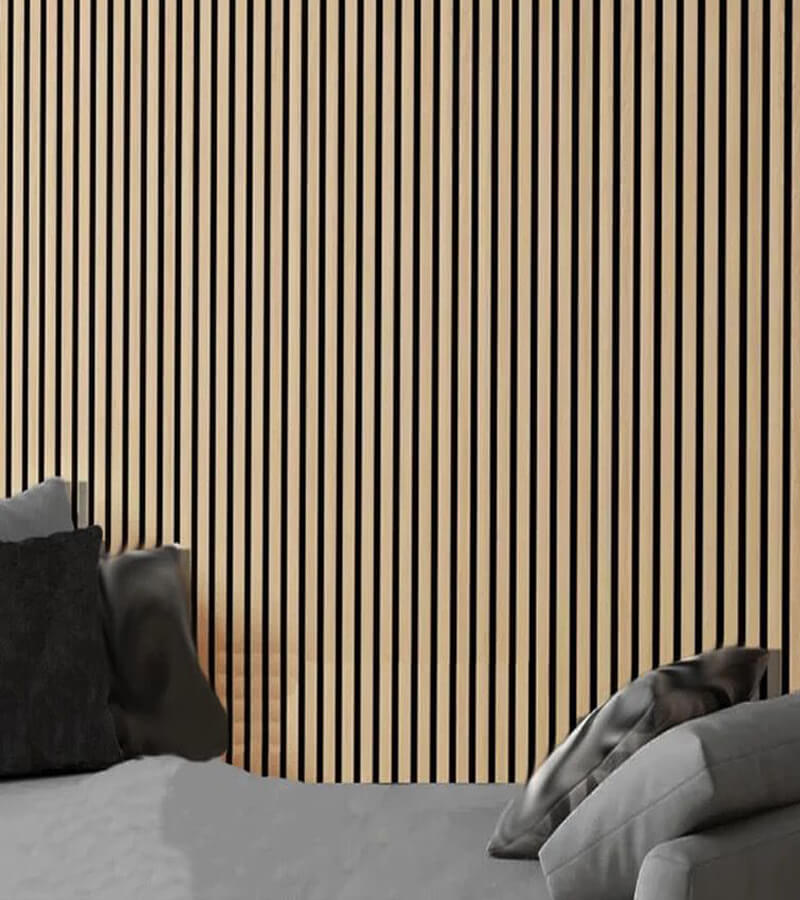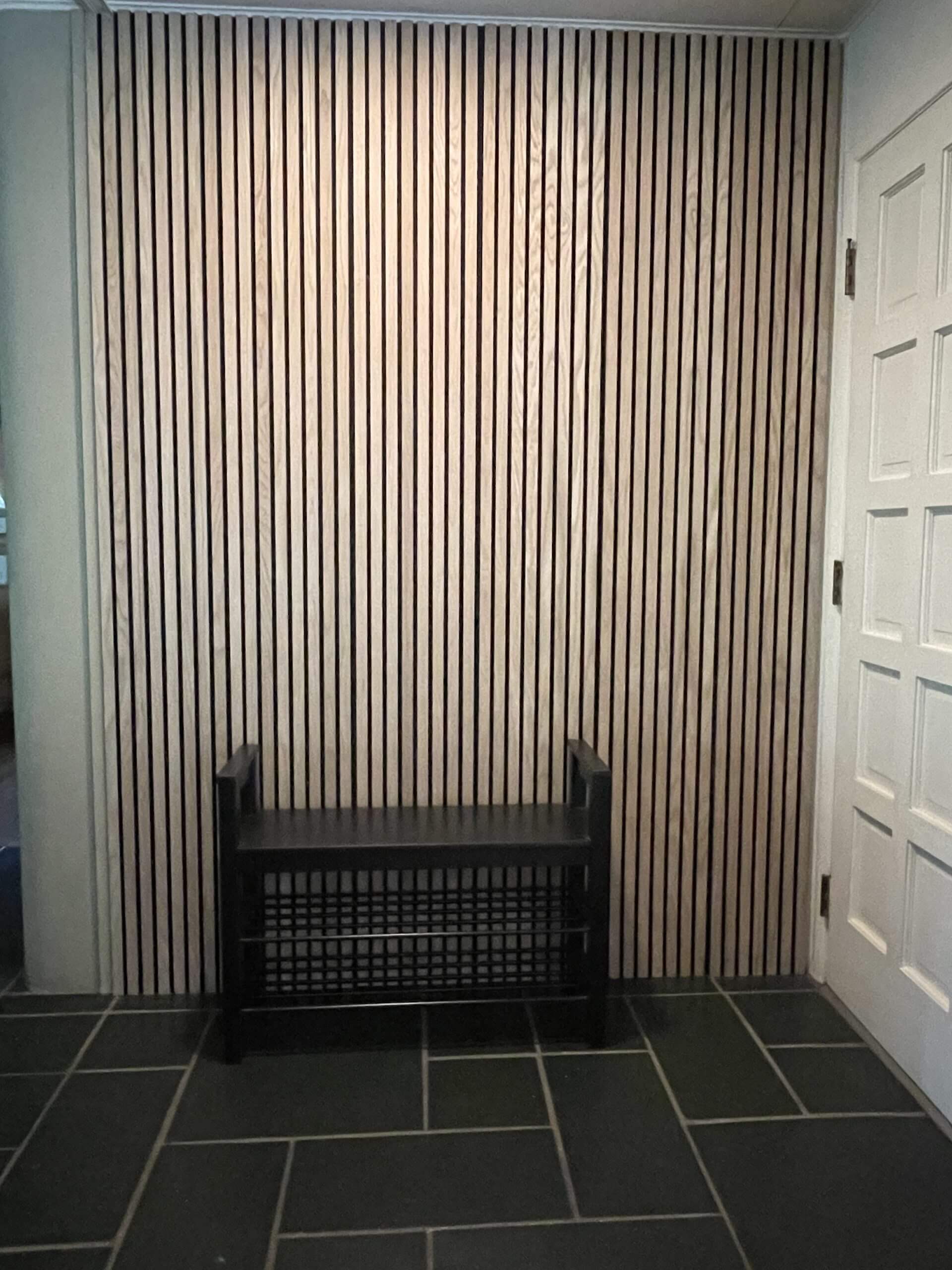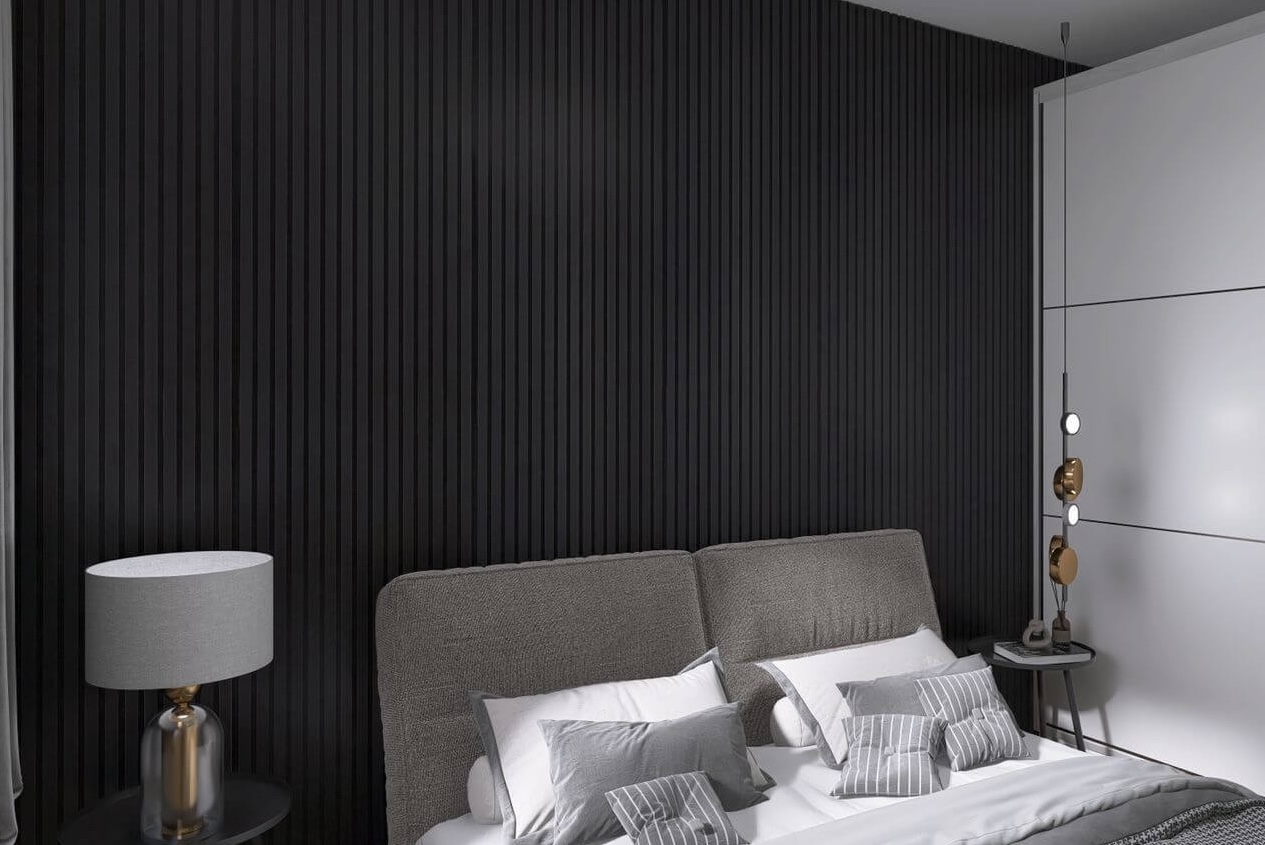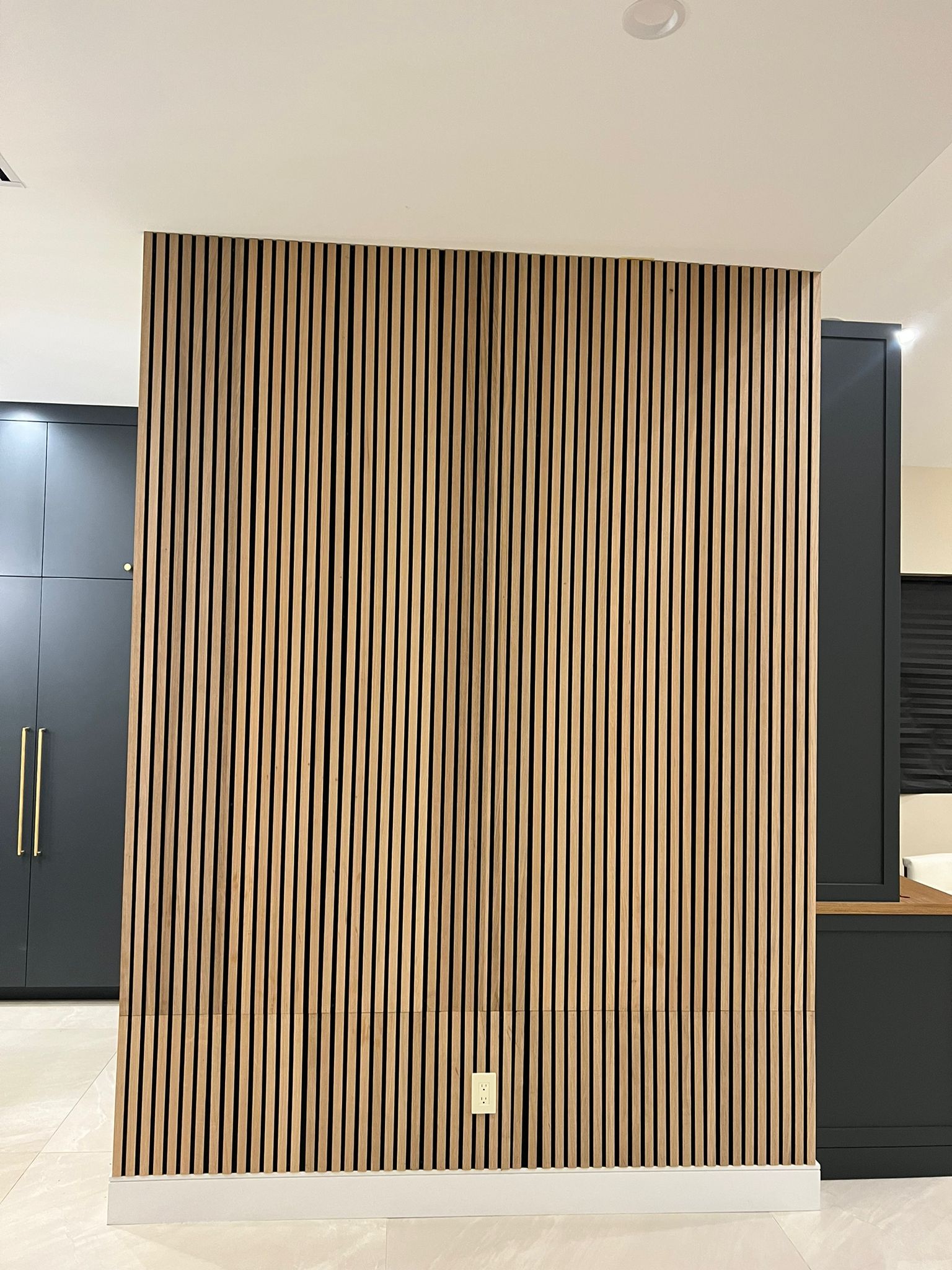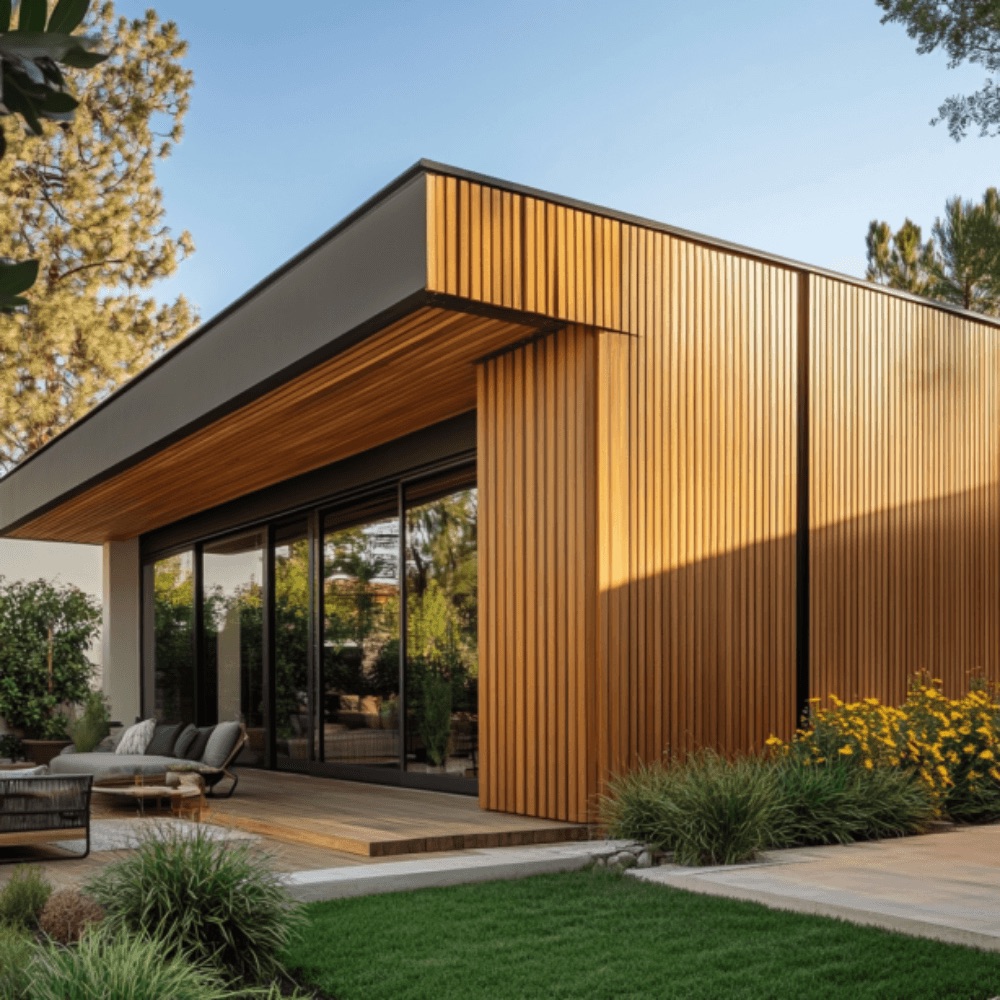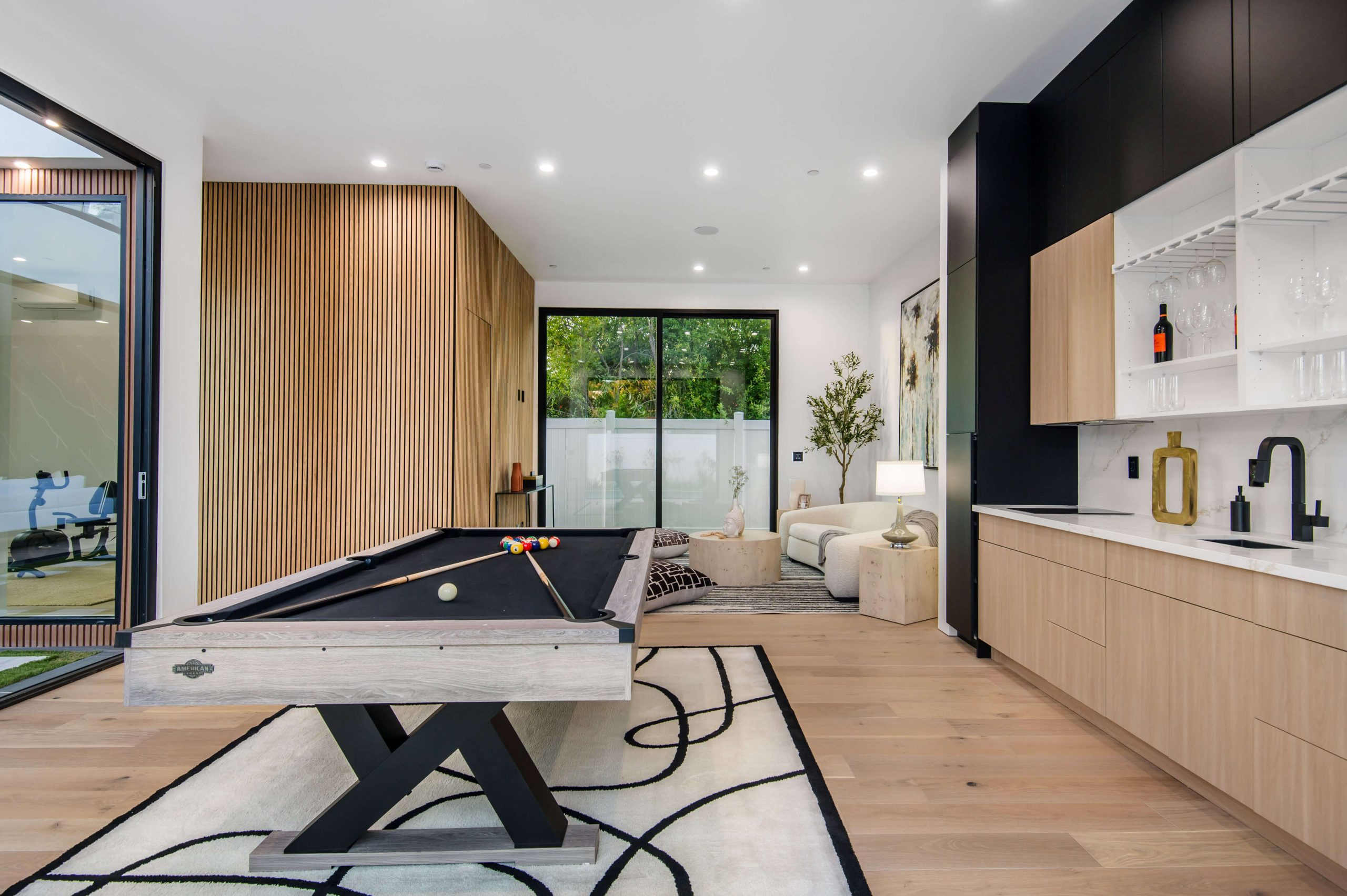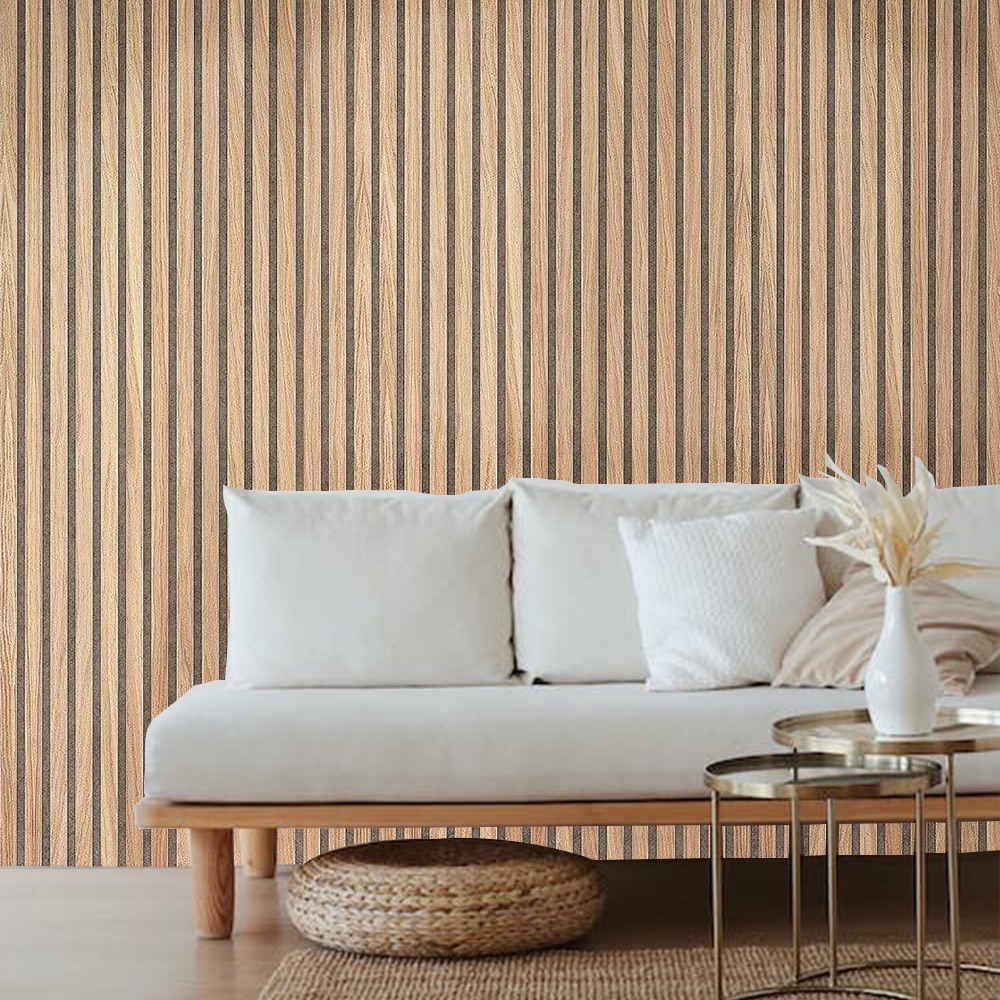In today’s world, eco-conscious decisions are more important than ever. Whether you’re a homeowner looking to elevate your living space or a contractor working on a new project, eco-friendly wood panels offer a sustainable and stylish solution for walls and ceilings. This guide will explore the various types of eco-friendly wood panels available, their benefits, and how to select the right type for your project. Let’s dive into the world of sustainable design with wood panels that are both environmentally responsible and aesthetically appealing.
What Are Eco-Friendly Wood Panels?
Eco-friendly wood panels are wall or ceiling coverings made from sustainably sourced materials. These panels reduce environmental impact by using wood that’s harvested from responsibly managed forests or materials like recycled wood fibers. They offer a perfect blend of style, durability, and sustainability, making them ideal for both residential and commercial applications.
Key Features:
- Made from sustainable materials
- Reduces carbon footprint
- Adds warmth and texture to interiors
- Available in various designs and finishes
Types of Eco-Friendly Wood Panels
When choosing eco-friendly wood panels, it’s important to know the types available and how they differ in appearance, durability, and environmental impact.
1. Natural Oak Wood Panels
Natural oak wood is a popular choice due to its durability and timeless beauty. These panels are crafted from real oak trees, providing a classic, high-end look. Natural oak wood is often favored for its rich texture and warmth.
- Advantages: Durable, beautiful grain patterns, long-lasting
- Eco-benefits: Sourced from sustainably managed oak forests
- Applications: Living rooms, bedrooms, offices
2. MDF (Medium Density Fiberboard) Wood Veneer Panels
MDF panels are engineered from recycled wood fibers and offer a uniform texture. The veneer surface gives these panels the appearance of real wood without the environmental impact of using solid wood.
- Advantages: Affordable, uniform surface, easy to paint or finish
- Eco-benefits: Made from recycled wood fibers
- Applications: Offices, commercial spaces, modern homes
3. Oxide Wood Panels
Oxide wood panels combine natural wood materials with iron oxide pigments to create unique, colored finishes. These panels are a great option for those seeking a bold and creative look for their interiors.
- Advantages: Vibrant color options, unique textures
- Eco-benefits: Uses natural pigments
- Applications: Accent walls, retail spaces, galleries
4. WPC (Wood Plastic Composite) Panels
WPC panels are a blend of recycled wood fibers and plastic, designed for outdoor use. They are durable, weather-resistant, and a sustainable option for exterior applications.
- Advantages: Weather-resistant, low-maintenance
- Eco-benefits: Made from recycled materials
- Applications: Exterior walls, patios, decks
How to Choose the Right Eco-Friendly Wood Panel
Choosing the right eco-friendly wood panel depends on several factors, including the aesthetic you wish to achieve, the function of the space, and the environmental impact of the material.
1. Consider the Space
For high-traffic areas, opt for durable options like natural oak wood panels, which can withstand daily wear and tear. For more decorative spaces like living rooms or bedrooms, MDF or oxide panels may offer the desired aesthetic without compromising on sustainability.
2. Match Your Design Style
Eco-friendly wood panels come in a variety of styles and finishes. Whether your home is modern, rustic, or industrial, there’s a wood panel that will complement your decor. For example:
- Modern Style: Choose MDF wood veneer panels with a sleek, uniform finish.
- Rustic Style: Opt for natural oak wood panels to bring warmth and texture to the space.
- Industrial Style: Oxide wood panels with iron oxide pigments add bold color and texture.
3. Evaluate Environmental Impact
Check the certifications associated with the wood panels to ensure they are sourced responsibly. Look for labels like FSC (Forest Stewardship Council) certification, which indicates that the wood comes from a forest managed in a sustainable way.
Benefits of Using Eco-Friendly Wood Panels
Incorporating eco-friendly wood panels into your interior or exterior design has several benefits that go beyond aesthetics.
1. Sustainability
Eco-friendly wood panels are often made from recycled materials or sustainably sourced wood, reducing the demand for virgin resources and minimizing deforestation.
2. Improved Indoor Air Quality
Wood panels, especially those treated with natural oils or finishes, do not emit harmful volatile organic compounds (VOCs), which can contribute to poor indoor air quality.
3. Durability
Many eco-friendly panels, such as WPC panels, are designed to last longer, particularly in outdoor settings. They are weather-resistant and require minimal maintenance, extending the life of your building materials.
4. Versatility
These panels come in various styles, colors, and textures, allowing for greater creativity and personalization in your design projects.
Comparison Table: Different Types of Eco-Friendly Wood Panels
| Type | Key Features | Eco-Benefits | Best For |
|---|---|---|---|
| Natural Oak Wood | Durable, rich texture | Sustainably sourced oak | Living rooms, offices |
| MDF Wood Veneer | Uniform texture, affordable | Recycled wood fibers | Modern homes, offices |
| Oxide Wood Panels | Unique textures, vibrant colors | Natural pigments | Accent walls, retail spaces |
| WPC Panels | Weather-resistant, low-maintenance | Made from recycled materials | Exterior walls, patios |
Installing Eco-Friendly Wood Panels: A Step-by-Step Guide
Installing eco-friendly wood panels can be a rewarding DIY project. Here’s a step-by-step guide to help you get started.
- Measure the Wall: Calculate the square footage of the wall to determine how many panels you need.
- Prepare the Surface: Ensure the wall is clean and smooth. Remove any nails or debris.
- Cut the Panels: Use a saw to cut the panels to the desired length, if necessary.
- Apply Adhesive: Use an eco-friendly adhesive to secure the panels to the wall.
- Install the Panels: Start at the bottom and work your way up, ensuring each panel is level.
- Finish with Trim: Once all the panels are in place, finish the edges with trim for a polished look.
Frequently Asked Questions
1. Are eco-friendly wood panels more expensive than traditional options?
While some eco-friendly options like natural oak wood panels can be more expensive, there are affordable choices like MDF wood veneer panels that still offer sustainability without breaking the bank.
2. Can I paint or stain eco-friendly wood panels?
Yes! Many eco-friendly wood panels, such as MDF or natural oak, can be painted or stained to match your interior design.
3. How long do wood panels last?
When properly maintained, eco-friendly wood panels can last for decades. WPC panels, in particular, are known for their durability in outdoor environments.
4. Are wood panels good for soundproofing?
Yes, wood panels are excellent for sound absorption. They can help reduce noise in both residential and commercial spaces.
5. Do eco-friendly wood panels require special maintenance?
Most eco-friendly panels require minimal maintenance. Regular cleaning and occasional refinishing or sealing are usually sufficient to keep them looking great.
Conclusion
Eco-friendly wood panels offer an excellent way to enhance your home’s aesthetic while making sustainable choices. With various options available, from natural oak to recycled MDF, you can find the perfect fit for your project. By following this guide, you can make informed decisions that benefit both your space and the environment.

